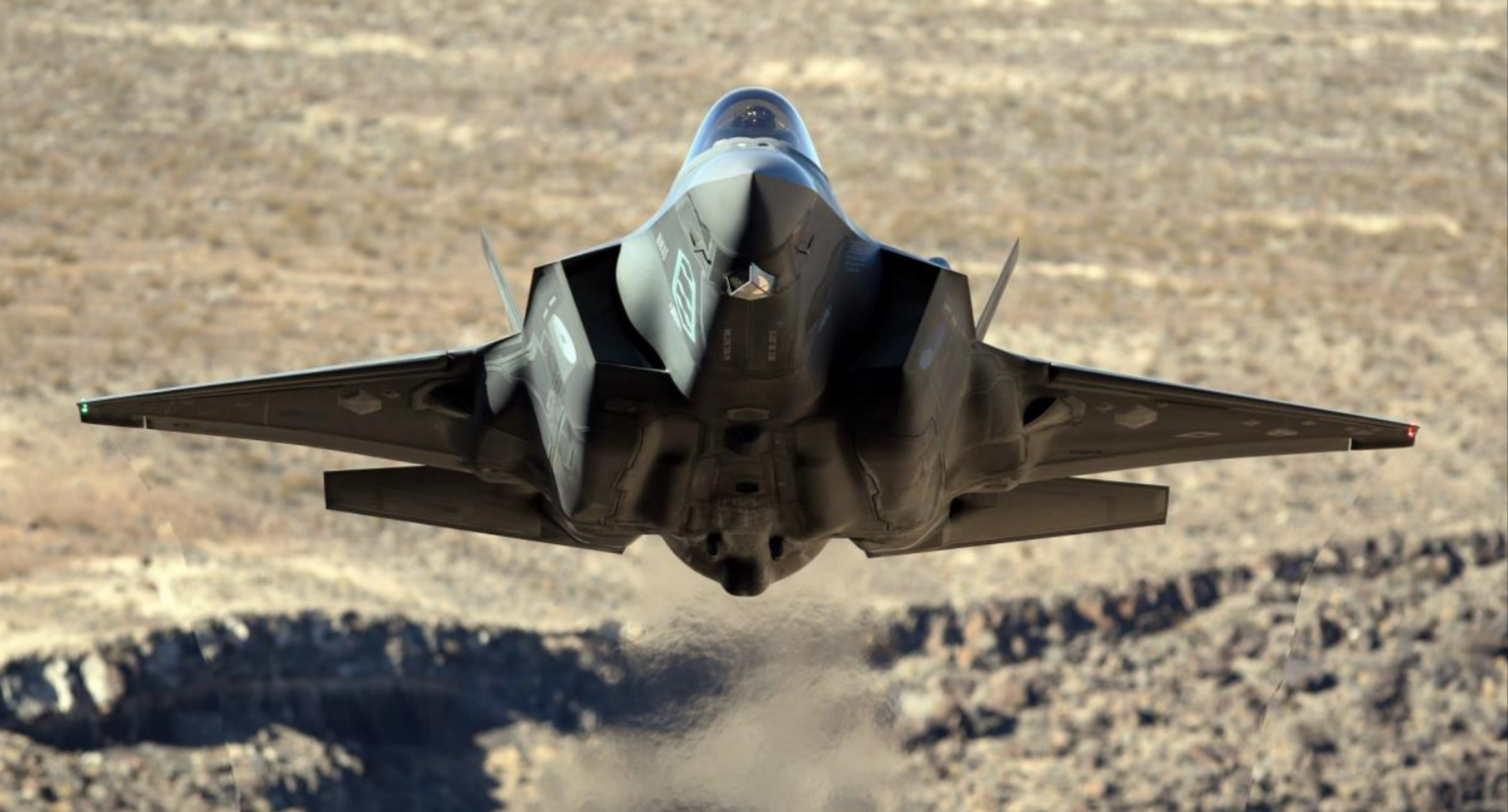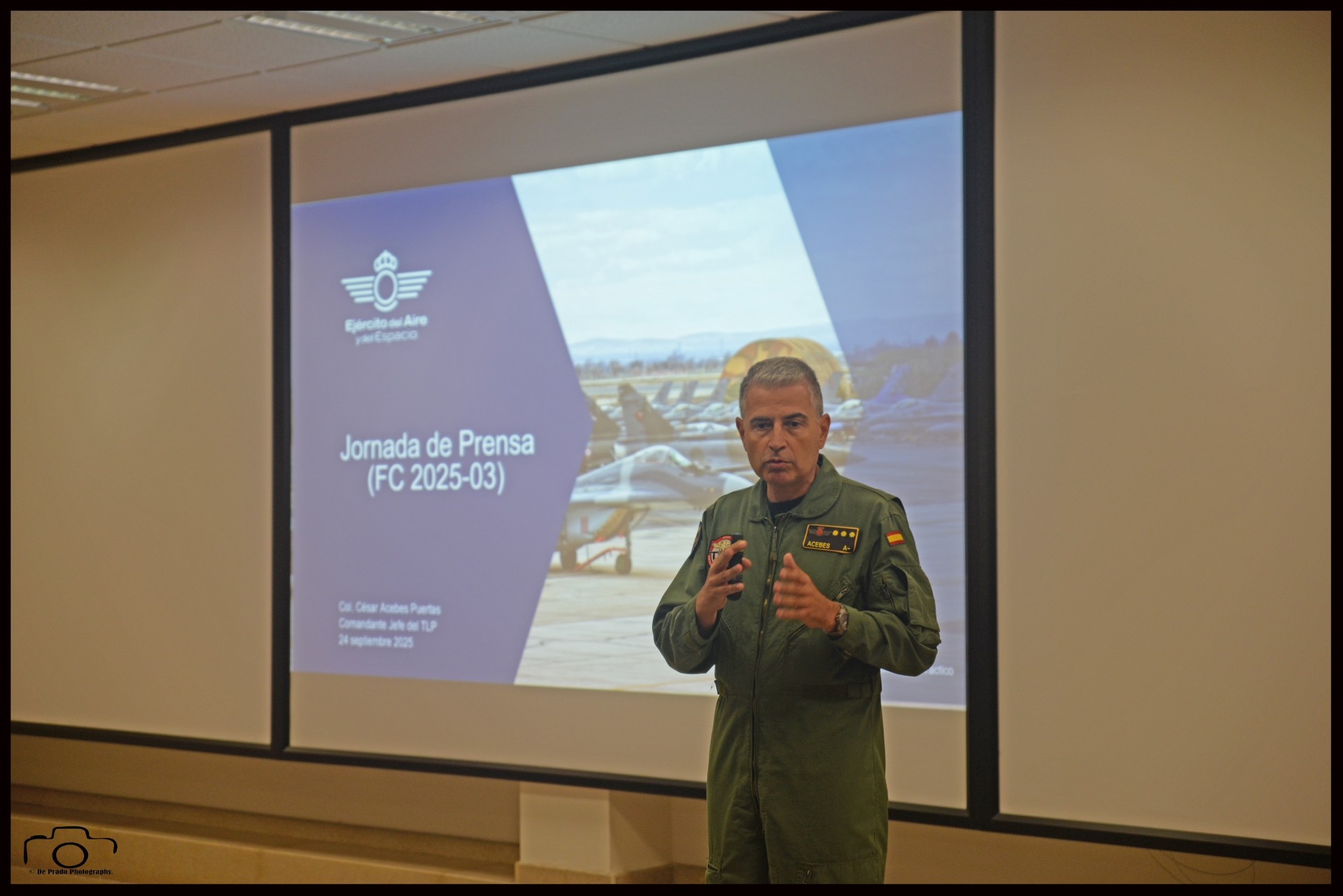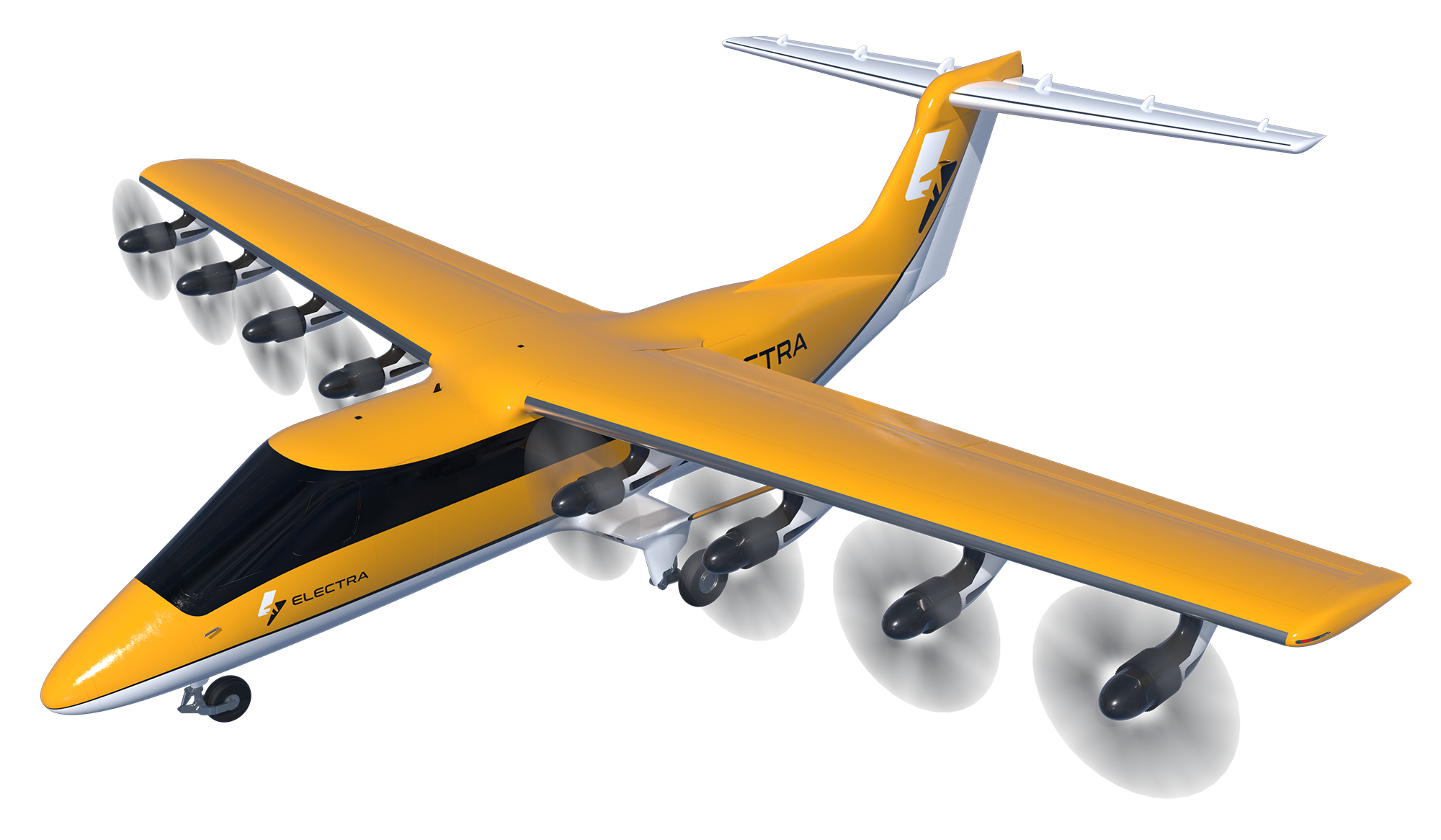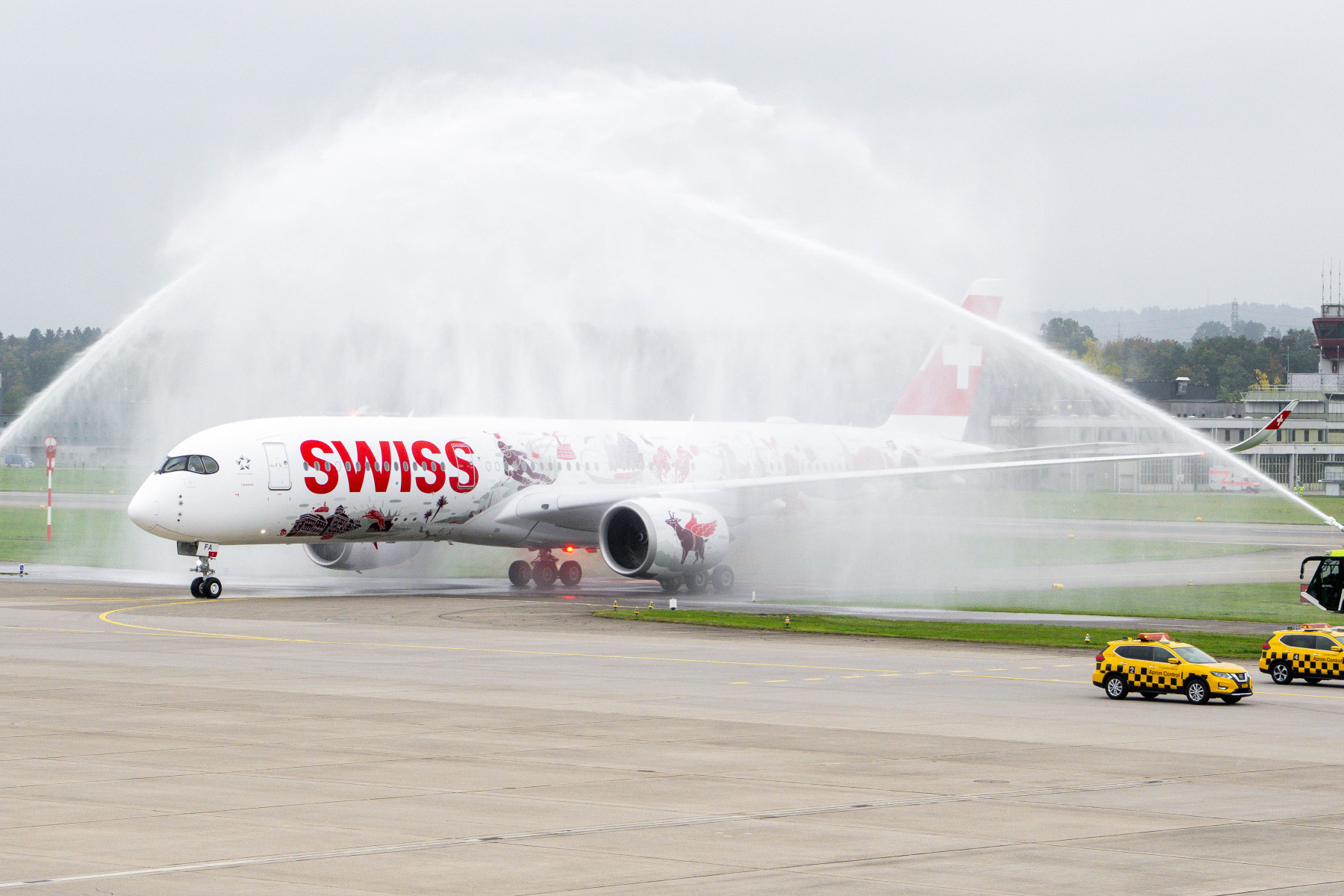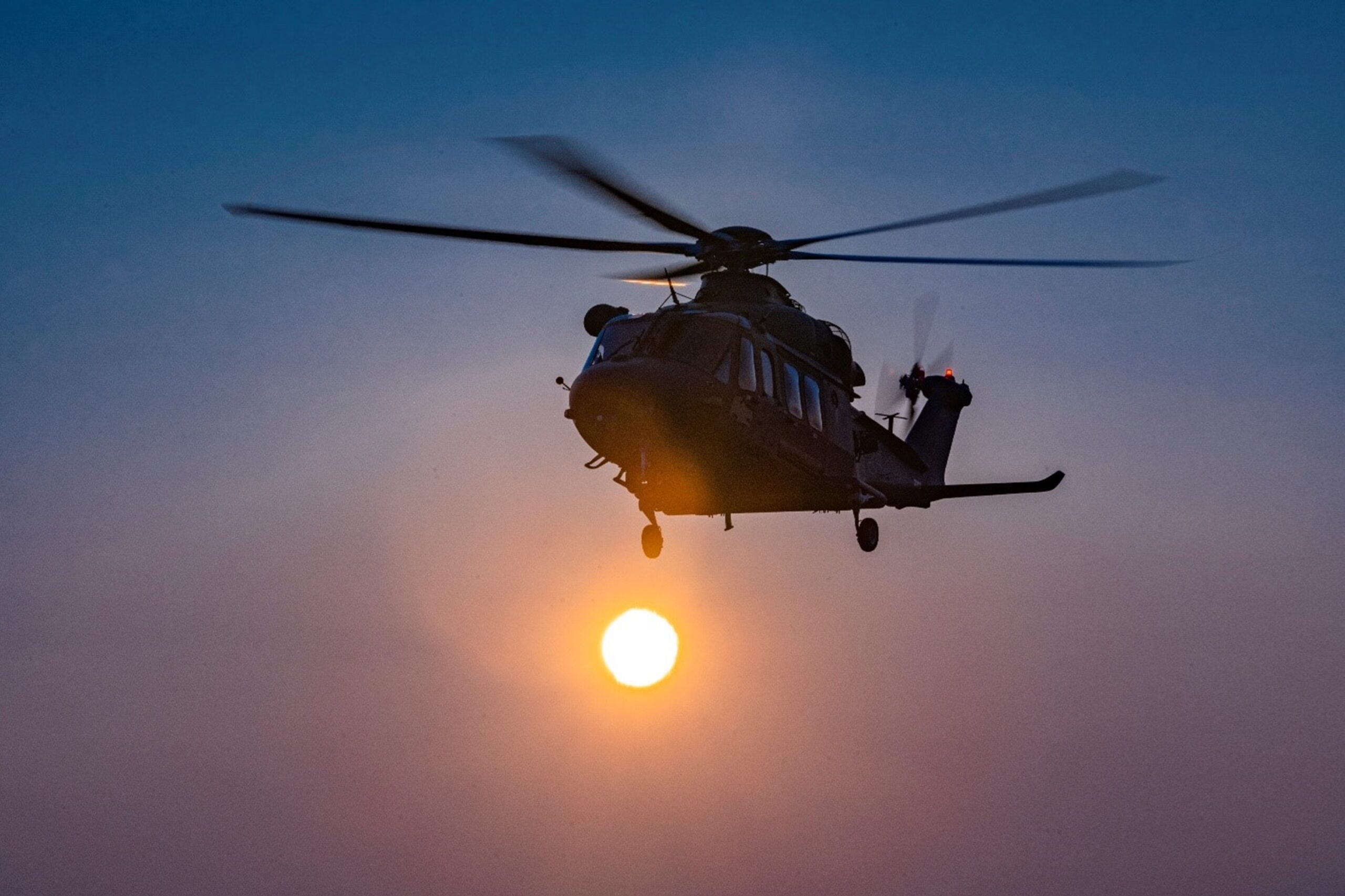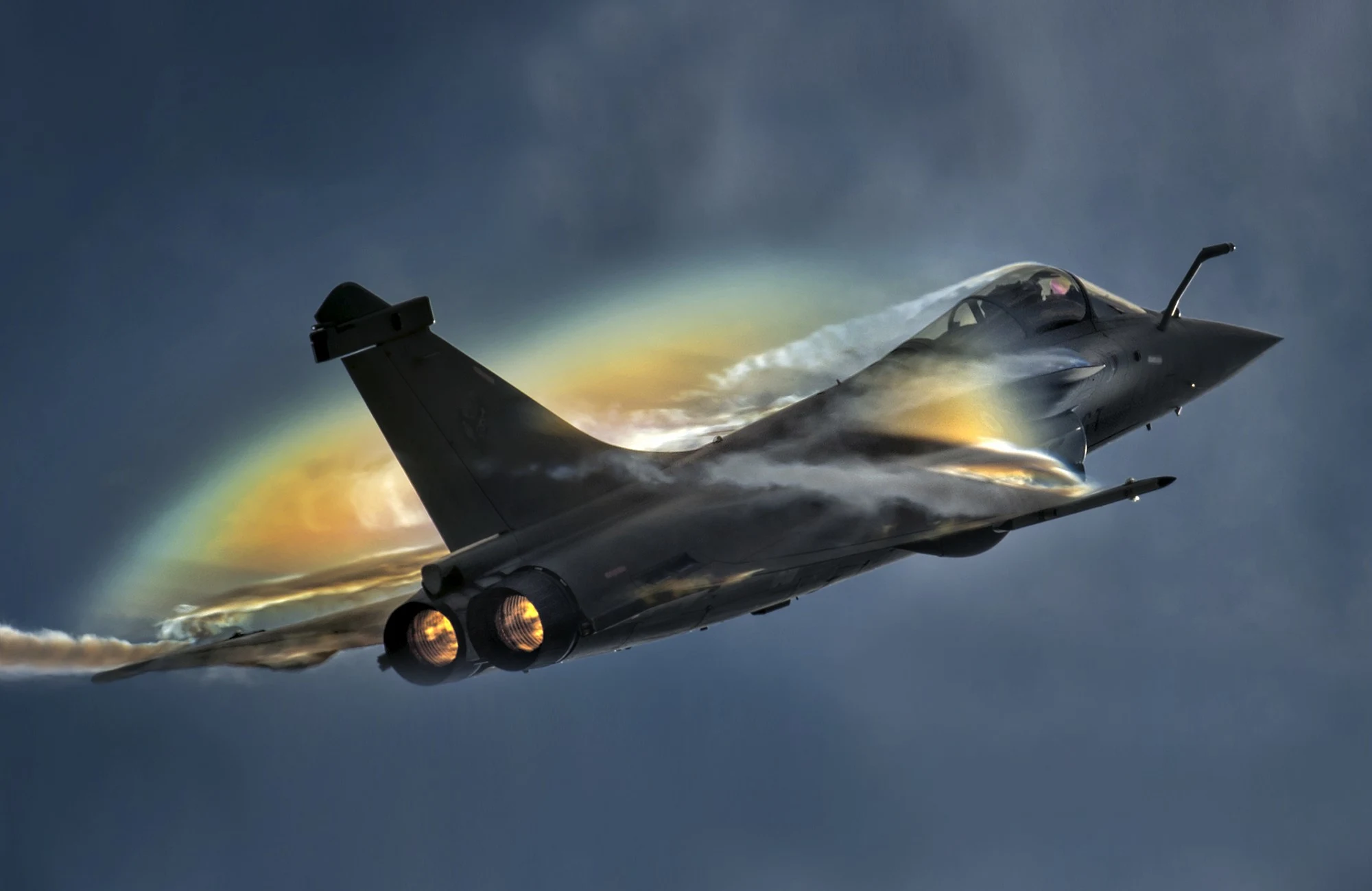Text: Estela Ortiz Gámez
Graphic material: Lockheed Martin / General Electric
Known by all aviation enthusiasts, the 5th generation multirole fighter Lockheed Martin F-35 Lightning II is by far the best fighter in the world today, both for its air superiority in combat and for its stealth capability (low detectability).
The key features of the F-35 are:
-Advanced design and materials to reduce radar signature.
-Multirole capability for air-to-ground attack, air superiority, reconnaissance and electronic warfare missions.
-Integrated sensors and mission systems provide high situational awareness.
– Maximum operating speed of 2250km/h (Mach 1.8) and maneuverability.
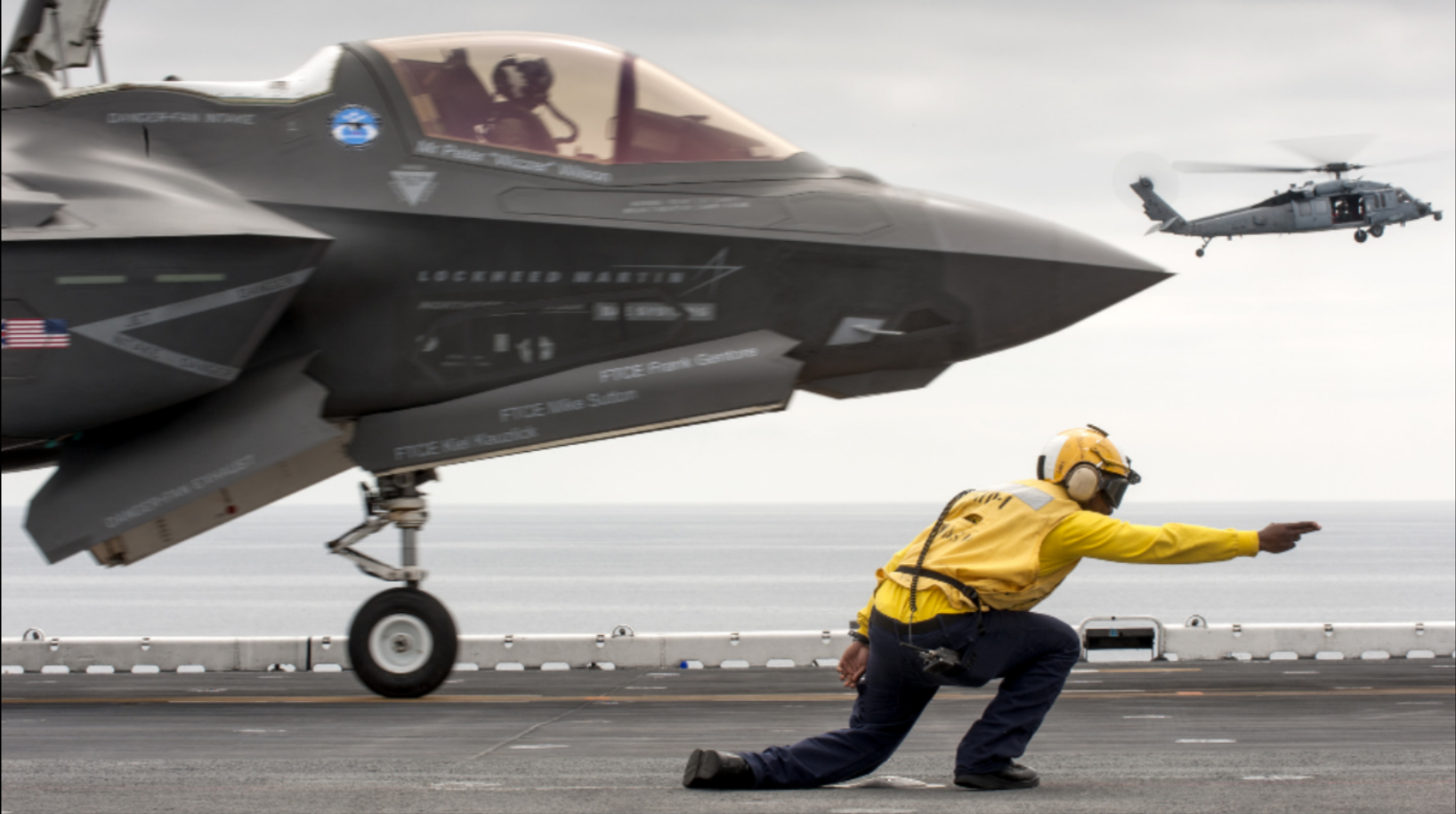
Breve historia del tiempo de producción:
The US government has been criticized for manufacturing and distribution delays to the military air forces of all countries that have ordered F-35s (including Spain). The delay is a result of changes and adjustments that have been implemented as the design and production progressed, and it is currently in the testing phase. This aircraft was originally planned to be designed in three different variants: the F-35A for conventional takeoff and landing (CTOL); the F-35B capable of short takeoffs and vertical landings (STOVL); and the F-35C, a naval variant capable of operating on aircraft carriers.

The new engine was intended to be completely innovative (something never seen before) and fulfill its assigned mission. Ultimately, through the U.S. Air Force’s revolutionary Adaptive Cycle Engine Transition Program (AETP), the XA100 engine took that position, achieving the status of the first and only engine to meet the needs of combatants. The XA100 has now passed two phases of testing and is ready for deployment on the F-35.
The government abandoned this initial development plan, which was already in production, and decided to try to combine the three variants into one. This resulted in inefficient powertrain design and, consequently, the abandonment of its Pratt & Whitney F135 production engine, which did not fit with the fighter’s new direction.
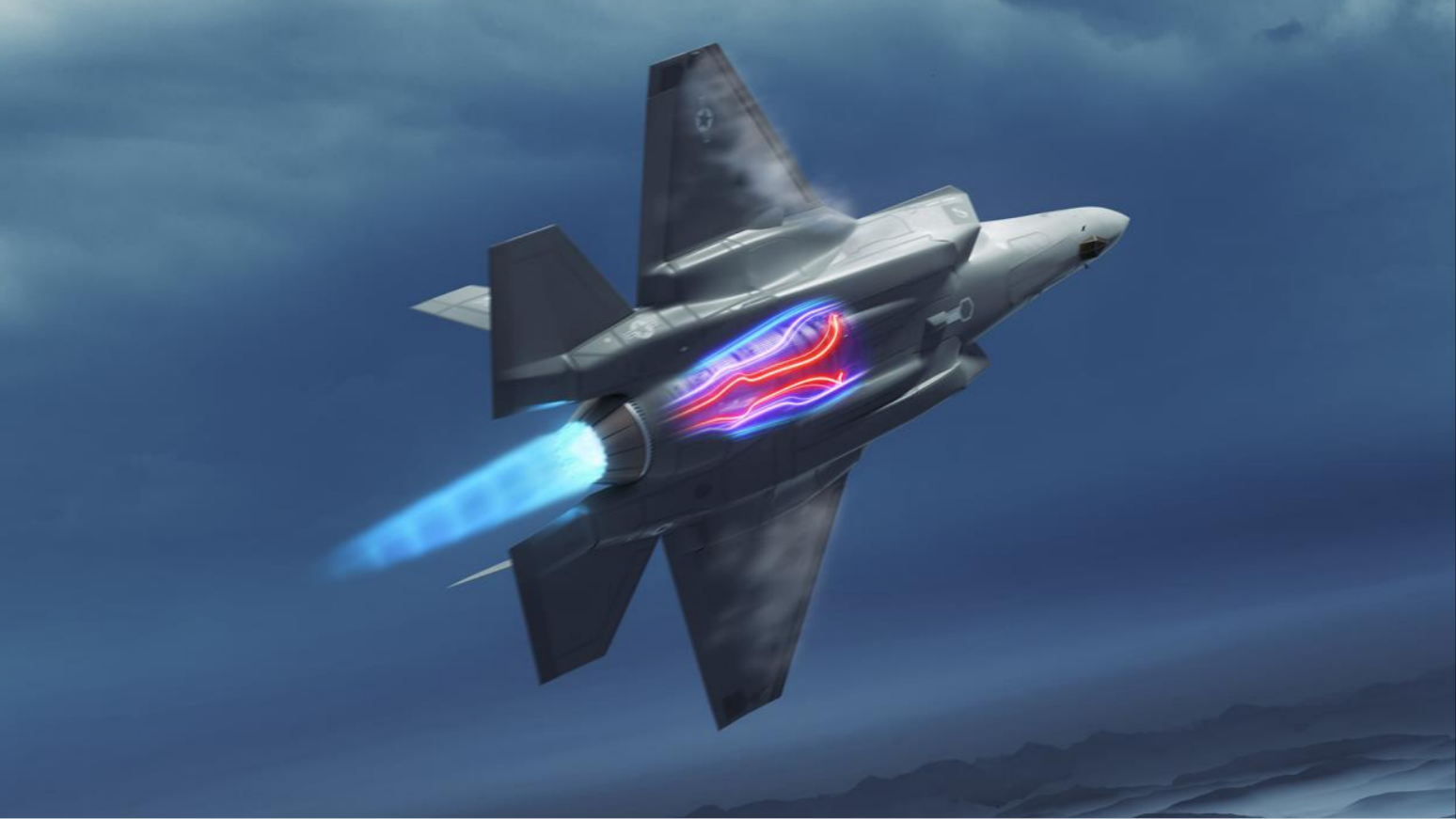
How does it work?
It has many names: Adaptive Versatile Engine Technology (ADVENT), Variable Cycle Engine (VCE), Adaptive Cycle Engine (ACE)… The concept is the same, an adaptive cycle engine that takes us into a new era.
The XA100 engine works using an adaptive fan (which is electronically controlled by the fighter’s computer) that allows the air to be directed and automatically alternated between 2 currents or paths through which it can flow, depending on our objective, to obtain its maximum performance at all times:
High Efficiency Mode: Optimizes settings to maximize fuel efficiency during cruise flight.
High Thrust Mode: Modifies the settings to provide maximum thrust. Additionally, there’s a new current that grants it an advanced ability:
Cooling Mode: This third stream provides an additional source of cooled air acting as a heat sink to improve propulsion and fuel efficiency.
Most importantly, it enables a radical change in the thermal and power management capabilities that will be required for next-generation mission systems.
In addition to the three-flow adaptive cycle configuration, the engine also utilizes new, lighter, more durable, and heat-resistant materials, such as ceramic matrix composites (CMC), to enable higher turbine temperatures.
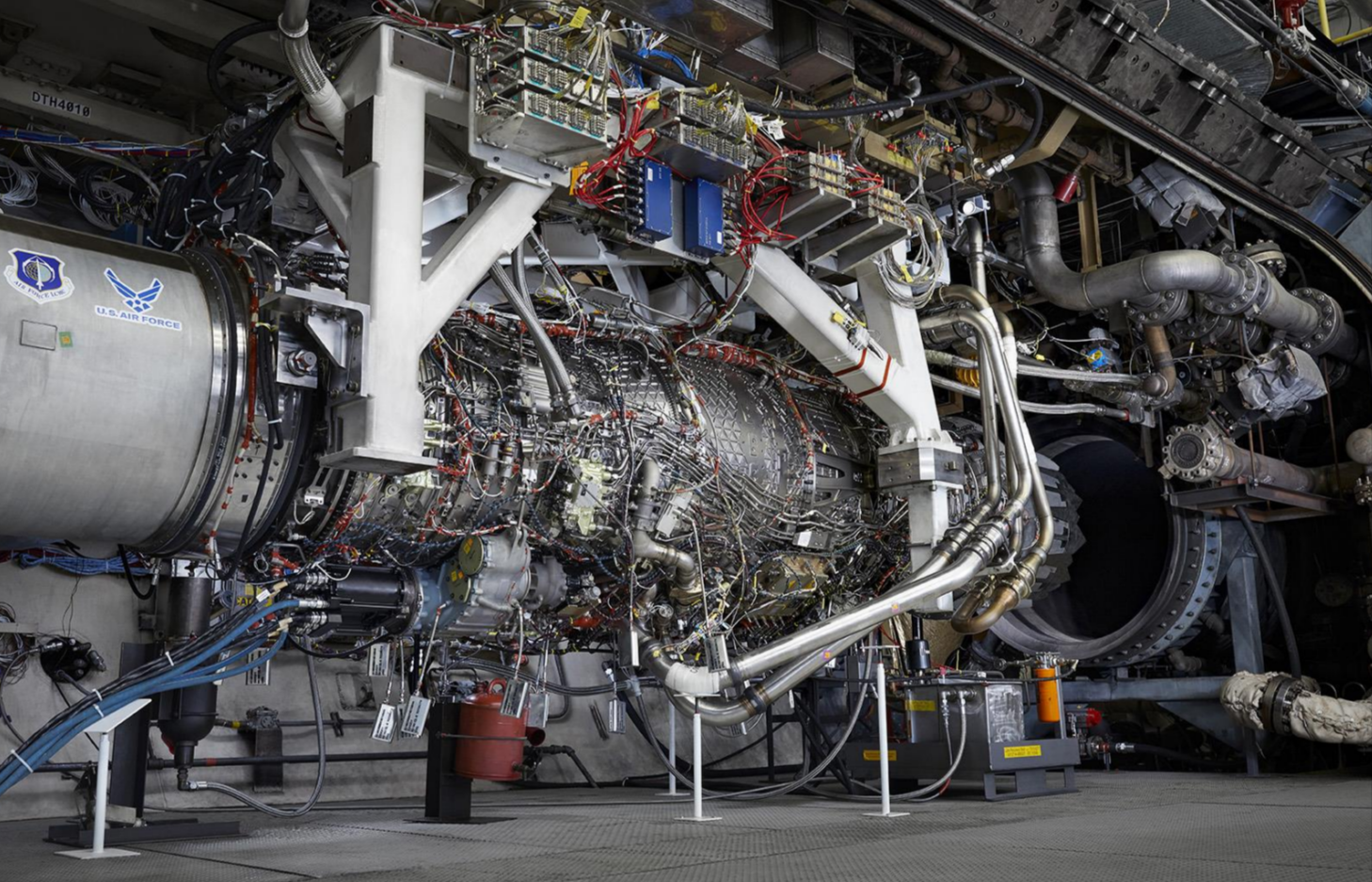
Facts
Longer flight time, persisting in battle with less risk.
Maximum thrust: 45,000 lbf (200 kN) class (With afterburner)
10% more thrust
25% more fuel efficiency
20% more acceleration
Conclusion:
It’s a fact that traditional fixed-flow engines have become obsolete in the face of today’s technological demands. The future of this new engineering is now, and the time to experiment with it, to make mistakes and get them right, and that takes time.
We’ll wait as long as it takes for this change in aviation to have its place in history.
